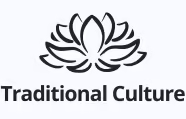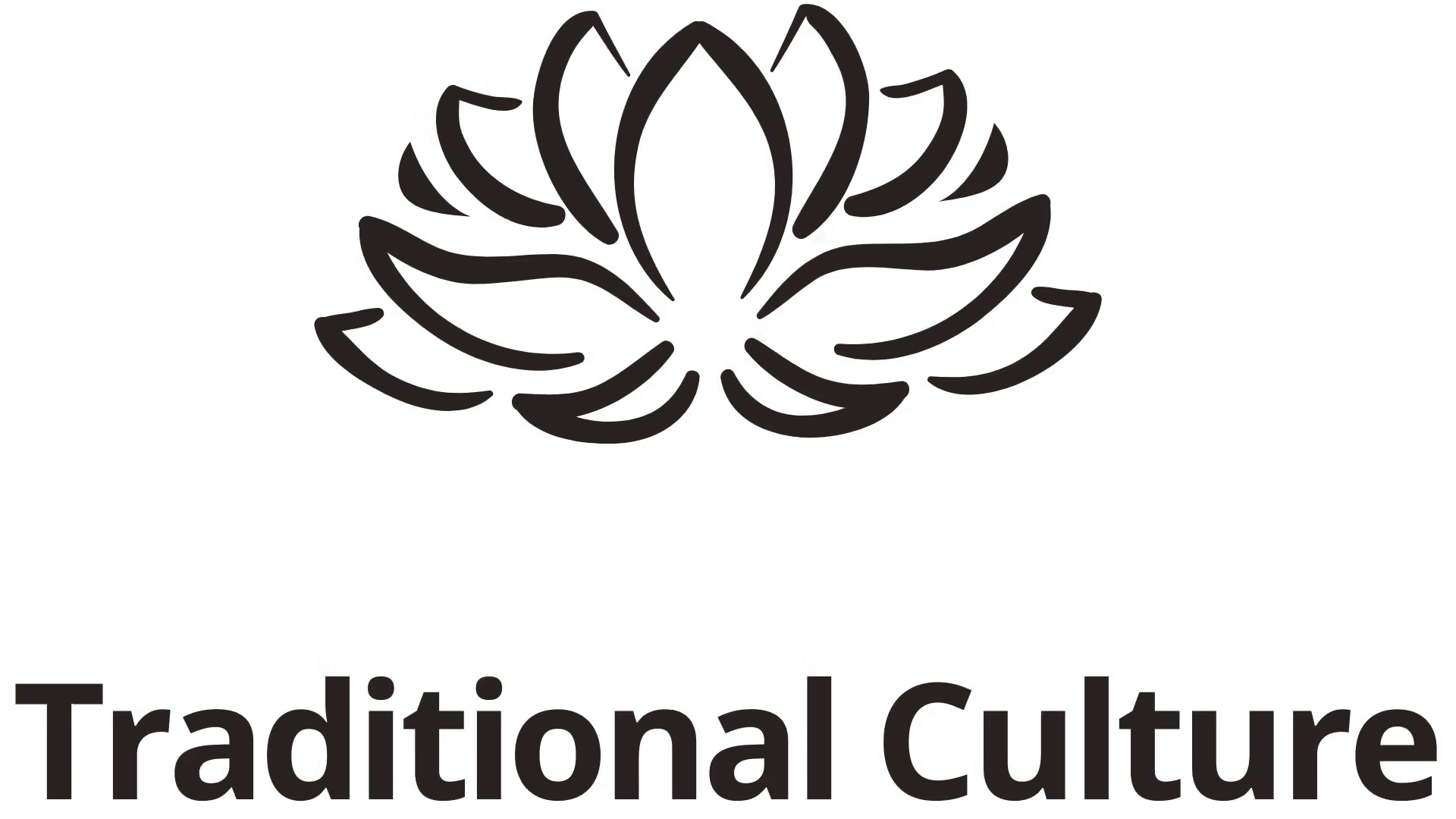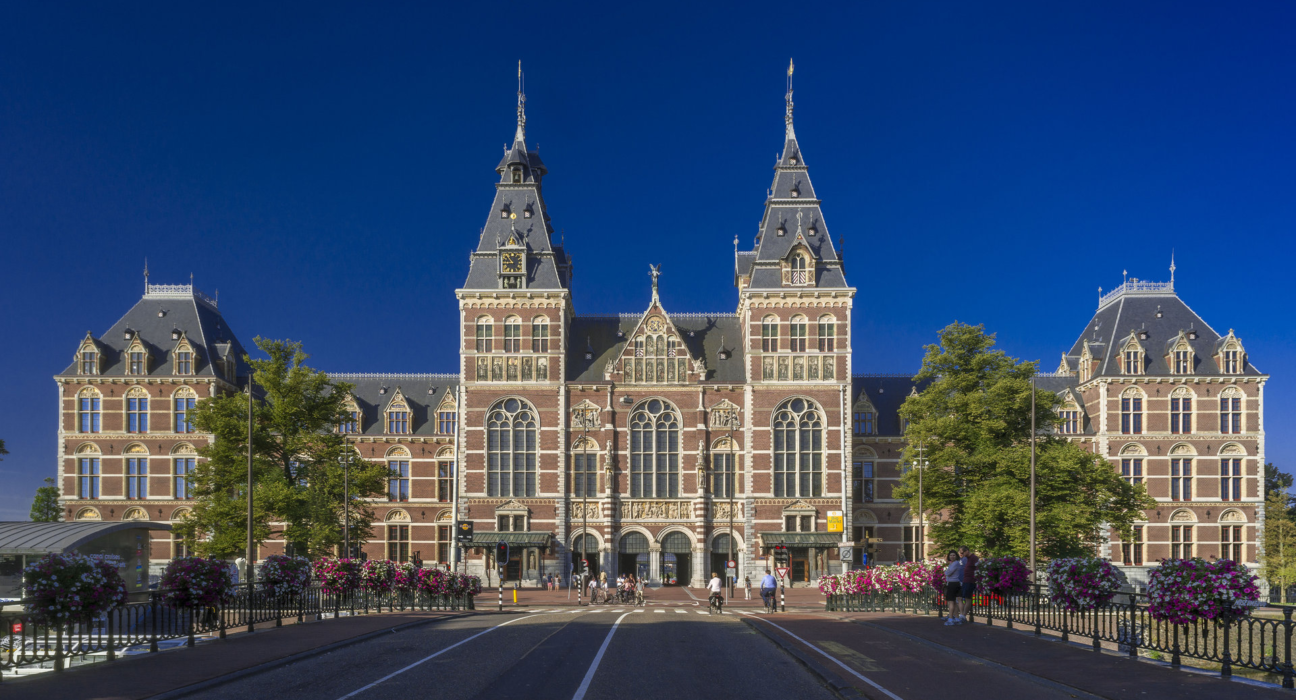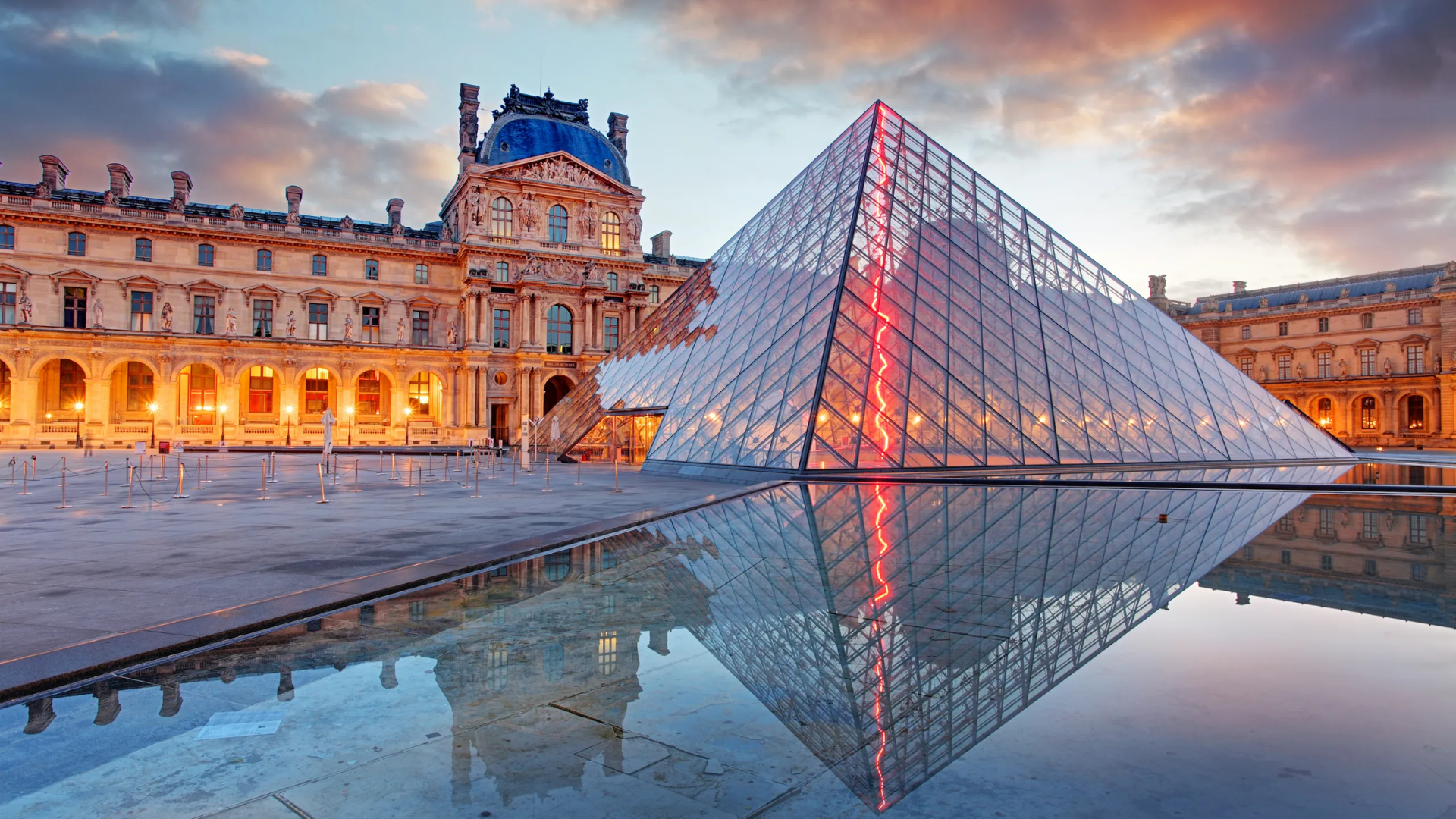The Rijksmuseum stands as a monumental testament to the rich cultural heritage of the Netherlands, weaving together centuries of art, history, and national identity into a single, awe-inspiring institution. Nestled in the heart of Amsterdam, this iconic museum is not merely a repository of priceless artifacts and masterpieces; it is a living, breathing chronicle of Dutch civilization. From its inception in 1800 to its current status as the nation’s preeminent cultural landmark, the Rijksmuseum has played a pivotal role in preserving and promoting the artistic legacy of the Netherlands. Housing an unparalleled collection that spans eight centuries, including works by renowned Dutch masters such as Rembrandt, Vermeer, and Van Gogh, the museum offers visitors a unique journey through time, illuminating the evolution of Dutch society, its triumphs, struggles, and enduring spirit of innovation.
A Journey Through Time: The Historical Significance of Rijksmuseum
The Rijksmuseum’s story is inextricably linked with the history of the Netherlands itself. Founded at the turn of the 19th century, the museum has witnessed and reflected the nation’s transformation through periods of prosperity, conflict, and cultural renaissance.
The Birth of a National Treasure
In the early days of its existence, the Rijksmuseum was born out of a desire to celebrate and preserve Dutch cultural identity during a time of political upheaval. The museum’s founding coincided with the aftermath of the French Revolution and the Napoleonic Wars, a period that saw significant changes in the European political landscape.
The initial collection was housed in The Hague, but it wasn’t long before the need for a larger, more suitable location became apparent. The move to Amsterdam in 1808 marked a significant milestone, aligning the museum with the city’s status as a cultural and economic powerhouse.
As the collection grew, so did its importance to the Dutch people. The Rijksmuseum became a symbol of national pride, a repository of shared heritage that helped forge a sense of unity and identity in a country still finding its footing in the modern era.
From Golden Age to Modern Times
One of the Rijksmuseum’s most significant contributions to Dutch culture is its comprehensive representation of the Dutch Golden Age. This period, roughly spanning the 17th century, saw the Netherlands rise to prominence as a global economic and cultural powerhouse.
The museum’s collection from this era is unparalleled, featuring works that capture the essence of Dutch society at its zenith. Rembrandt’s “The Night Watch,” perhaps the most famous painting in the collection, stands as a testament to the artistic innovation and social dynamics of the time.
But the Rijksmuseum’s historical narrative doesn’t end with the Golden Age. Its collections trace the evolution of Dutch art and culture through the centuries, reflecting the nation’s changing fortunes and its ongoing dialogue with the wider world.
A Mirror of Society
Throughout its history, the Rijksmuseum has served as a mirror, reflecting the changing values, aspirations, and challenges of Dutch society. From representations of colonial encounters to the stark realities of war, the museum’s collections offer a nuanced view of the Netherlands’ place in global history.
In recent years, the museum has taken steps to address more complex aspects of Dutch history, including the country’s involvement in the slave trade and its colonial past. This commitment to presenting a more complete historical narrative demonstrates the Rijksmuseum’s role not just as a preserver of history, but as an active participant in ongoing discussions about national identity and historical responsibility.
Artistic Treasures: Masterpieces That Define Dutch Culture
The Rijksmuseum’s collection is a treasure trove of artistic brilliance, showcasing the evolution of Dutch art from the Middle Ages to the present day. At its core, the museum houses some of the most iconic works that have come to define not only Dutch culture but also the broader Western art tradition.
The Golden Age Masters
The 17th century, known as the Dutch Golden Age, is perhaps the most celebrated period in the museum’s collection. This era saw an explosion of artistic talent and innovation that put the Netherlands at the forefront of the European art world.
Rembrandt van Rijn, the towering figure of Dutch art, is represented by numerous masterpieces. His magnum opus, “The Night Watch,” occupies a place of honor in the museum. This monumental group portrait, with its revolutionary use of light and shadow, continues to captivate visitors with its drama and technical brilliance.
The museum also boasts an impressive collection of works by Johannes Vermeer, including the hauntingly beautiful “The Milkmaid.” Vermeer’s mastery of light and his ability to imbue everyday scenes with a sense of quiet dignity have made him one of the most beloved Dutch artists.
Other Golden Age masters like Frans Hals, known for his lively portraits, and Jan Steen, celebrated for his humorous depictions of Dutch life, round out a collection that offers a comprehensive view of this pivotal period in art history.
Beyond the Golden Age
While the Golden Age forms the heart of the Rijksmuseum’s collection, the museum’s artistic treasures span a much broader timeline. Medieval religious art, Renaissance masterpieces, and works from the 18th and 19th centuries all find their place within its walls.
The museum’s collection of 19th-century art is particularly noteworthy, featuring works by Vincent van Gogh, including his famous self-portraits. These later works provide a fascinating contrast to the earlier Dutch masters, showcasing the evolution of artistic styles and techniques over time.
The Art of Craftsmanship
The Rijksmuseum’s collection extends beyond paintings to include a vast array of decorative arts. Delft blue pottery, intricate silverware, and finely crafted furniture all speak to the Netherlands’ rich tradition of craftsmanship.
Of particular note is the museum’s collection of Delftware, the iconic blue and white pottery that became synonymous with Dutch design. These pieces, ranging from elaborate vases to humble tiles, offer insight into the daily lives and aesthetic preferences of the Dutch people throughout history.
Architecture and Design: The Museum as a Work of Art

The Rijksmuseum is not only a repository of artistic treasures but is itself a masterpiece of architectural design. The building, with its imposing facade and intricate details, stands as a testament to the vision of its creators and the enduring importance of the institution it houses.
The Neo-Gothic Vision
The current building, designed by Pierre Cuypers and opened in 1885, is a stunning example of Neo-Gothic architecture with Renaissance and Dutch influences. Cuypers’ design was controversial at the time, with some critics arguing that it was too medieval and too Catholic for Protestant Holland.
Despite the initial controversy, the building has become an integral part of Amsterdam’s architectural landscape. Its towering spires, ornate decorations, and grand entrance hall create a sense of awe and anticipation for visitors, preparing them for the artistic wonders within.
Renovation and Modernization
In 2003, the Rijksmuseum embarked on an ambitious renovation project that would last a decade. The goal was to restore the building to its original glory while modernizing its facilities to meet the needs of contemporary visitors.
The renovation, led by Spanish architects Cruz y Ortiz, masterfully balanced respect for Cuypers’ original vision with the demands of a 21st-century museum. The result is a space that feels both timeless and thoroughly modern, with improved circulation, state-of-the-art climate control, and enhanced accessibility.
The Atrium: A New Heart for the Museum

One of the most significant changes brought about by the renovation was the creation of a central atrium. This light-filled space serves as the museum’s new entrance hall, providing a welcoming area for visitors to orient themselves and begin their journey through Dutch art and history.
The atrium’s design, with its soaring glass roof and elegant staircases, creates a dialogue between the historical and the contemporary. It’s a space that encourages reflection and sets the tone for the experiences that await within the galleries.
Educational Initiatives and Public Engagement
The Rijksmuseum’s mission extends far beyond the preservation and display of art. It is deeply committed to education and public engagement, striving to make art and history accessible to people of all ages and backgrounds.
Interactive Learning Experiences
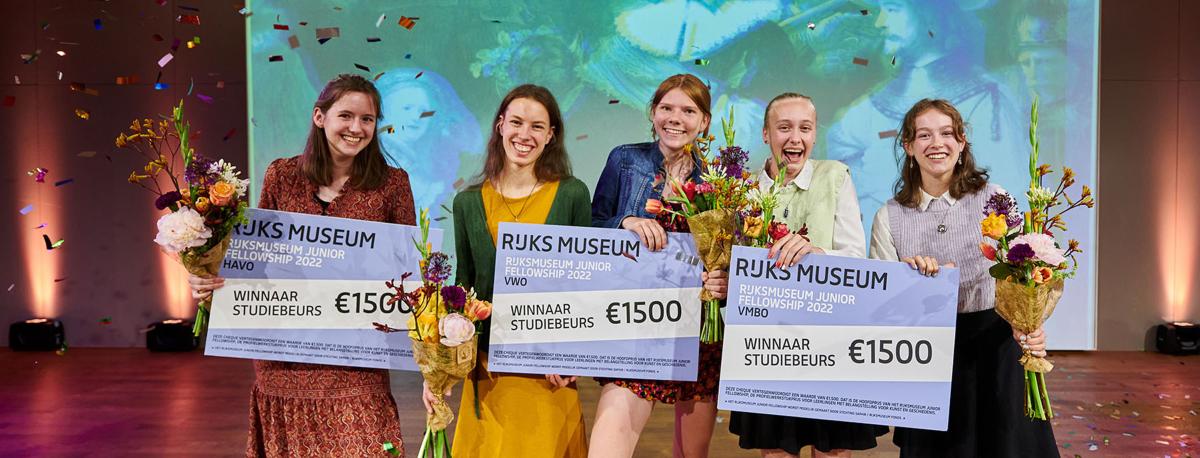
The museum offers a wide range of educational programs designed to engage visitors in active learning. From guided tours led by expert docents to hands-on workshops, these initiatives aim to deepen understanding and appreciation of the collections.
One particularly innovative program is the Rijksmuseum Junior Fellowship, which caters specifically to young visitors. All high school students can participate by making a paper that has a relation to the museum. This gives them a chance to win a multi-day traineeship at the museum and a scholarship of 1500 euros.
Digital Innovations

In recent years, the Rijksmuseum has been at the forefront of digital innovation in the museum world. Its Rijksstudio platform allows users to explore the collection online, download high-resolution images, and even create their own artworks inspired by the museum’s masterpieces. Unlike many earlier digitization efforts that imposed restrictions, Rijksstudio offers unrestricted access, encouraging both artistic creativity and academic research.
The museum’s commitment to open access has made its collection more accessible than ever before. By making digital reproductions of its works freely available, the Rijksmuseum has fostered a global community of art lovers and researchers who can engage with Dutch cultural heritage from anywhere in the world. Its success has also inspired other major institutions, such as The Met and The Smithsonian, to adopt similar open-access policies, helping to drive a broader movement toward the public sharing of museum collections.
Community Outreach and Inclusion
Recognizing its role as a national institution, the Rijksmuseum has implemented various initiatives to reach out to diverse communities within the Netherlands. Programs targeting underserved populations, collaborations with schools and community organizations, and multilingual resources all contribute to making the museum a more inclusive space.
The museum also regularly hosts special exhibitions and events that address contemporary social issues, fostering dialogue and reflection on the role of art and history in today’s society.
Global Impact and Cultural Diplomacy

As one of the world’s premier art institutions, the Rijksmuseum plays a significant role in cultural diplomacy and international exchange. Its influence extends far beyond the borders of the Netherlands, contributing to global conversations about art, history, and cultural heritage.
International Collaborations
The Rijksmuseum regularly collaborates with other major museums around the world, participating in loan exchanges, joint research projects, and co-curated exhibitions. These partnerships not only allow for the sharing of expertise and resources but also foster greater international understanding and appreciation of Dutch culture.
Notable collaborations have included exhibitions with the Louvre in Paris, the Metropolitan Museum of Art in New York, and the National Gallery in London. These exchanges bring Dutch masterpieces to new audiences while also introducing international works to visitors in Amsterdam.
Research and Scholarship
The Rijksmuseum is not just a space for displaying art; it’s also a center for cutting-edge research in art history, conservation, and museology. The museum’s research institute attracts scholars from around the world, contributing to a deeper understanding of Dutch art and its place in global cultural heritage.
Through publications, conferences, and digital initiatives, the Rijksmuseum shares its research findings with the international academic community and the general public. This commitment to scholarship ensures that the museum remains at the forefront of art historical knowledge and museum practices.
Cultural Ambassadorship
In many ways, the Rijksmuseum serves as a cultural ambassador for the Netherlands. For many international visitors, the museum provides their first in-depth encounter with Dutch art and history. The carefully curated collections and thoughtfully designed exhibits offer insights into the Dutch national character, values, and historical experiences.
Moreover, the museum’s approach to addressing complex historical issues, such as the Dutch colonial past, sets an example for other institutions grappling with similar challenges. By engaging in open and honest dialogue about difficult aspects of history, the Rijksmuseum demonstrates the power of cultural institutions to foster understanding and reconciliation.
Conclusion
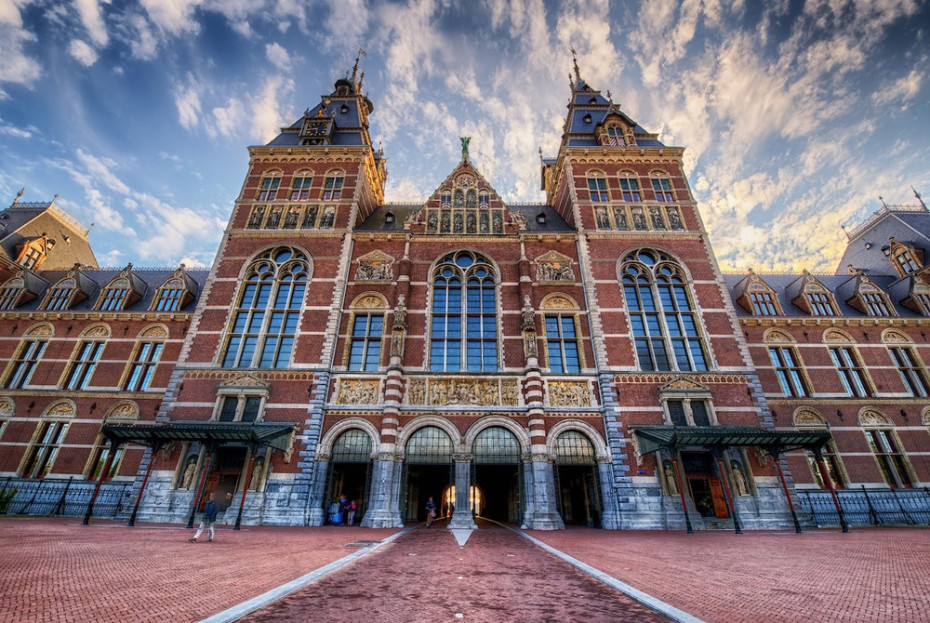
The Rijksmuseum stands as a testament to the enduring power of art to connect us with our past, illuminate our present, and inspire our future. As a custodian of Dutch cultural heritage, it plays a vital role in preserving and interpreting the nation’s history for generations to come. Yet, its significance extends far beyond national borders, offering visitors from around the world a window into the rich tapestry of human creativity and experience.
Through its vast collections, innovative programs, and commitment to accessibility and inclusion, the Rijksmuseum continues to evolve, remaining relevant in an ever-changing world. It serves not only as a treasure house of artistic masterpieces but as a forum for dialogue, reflection, and cultural exchange.
As we look to the future, the Rijksmuseum’s role as a bridge between past and present, between different cultures and perspectives, becomes increasingly important. In a world often divided by differences, institutions like the Rijksmuseum remind us of our shared humanity and the universal language of art. It stands as a beacon of cultural understanding, inviting us all to engage with history, question our assumptions, and find inspiration in the creative spirit that has shaped human civilization for millennia.

